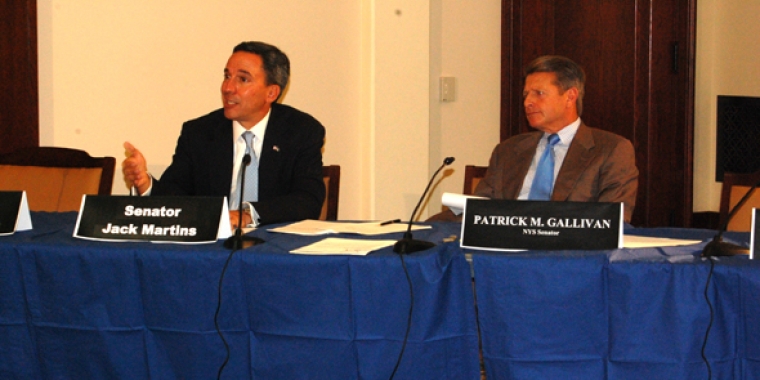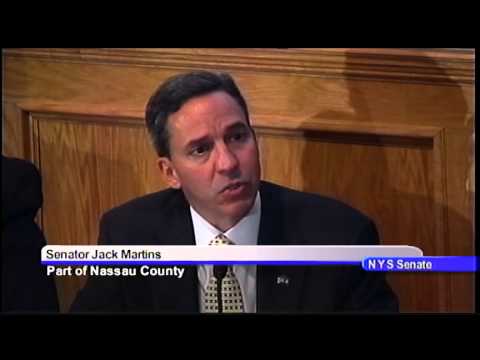Expansion of DNA Databank Goes Into Effect
Jack M. Martins
August 2, 2012
-
ISSUE:
- Crime
- Local Government
-
COMMITTEE:
- Local Government
Legislation Supported by Senator Martins Aids Crime Solving and Prevention
As of August 1, New York State got tougher on crime. That’s because legislation that expanded the DNA Databank went into effect. The All-Crimes DNA Law will add approximately 46,000 individual DNA samples a year to the databank, providing law enforcement with additional tools it needs to solve crime and potentially prevent some future crimes from occurring.
Before August 1, 2012, people convicted of about half the crimes that are committed are required to submit DNA samples upon conviction, including every penal law felony and just 36 misdemeanor crimes in the penal law. The new law expands that list to include all felonies in state law and every penal law misdemeanor.
“This was a huge victory for communities throughout New York State. This legislation would not have become possible without the Senate, Assembly and Governor all working together to make our state safer,” said Senator Jack M. Martins, who supported the bill. “DNA are the fingerprints of our generation and, with more convicted criminals in the databank, law enforcement will have a more effective means to solve and prevent crimes.”
Since its inception, DNA stored in the databank has been used to identify perpetrators in about 10,000 crimes, including 900 murders and 3,500 sexual assaults. Since 2006, when the DNA databank was last expanded to include 36 misdemeanors, law enforcement agencies have used the information to convict 1,460 criminals. Now, with the databank including all persons convicted of felonies and misdemeanors, an effective tool to apprehend criminals has gotten even stronger.
Share this Article or Press Release
Newsroom
Go to NewsroomSENATOR MARTINS CO-SPONSORS HEARING ON REGULATORY REFORM
September 26, 2013


SENATOR MARTINS SHOWS MUSTANG PRIDE AT HOMECOMING PARADE
September 23, 2013

